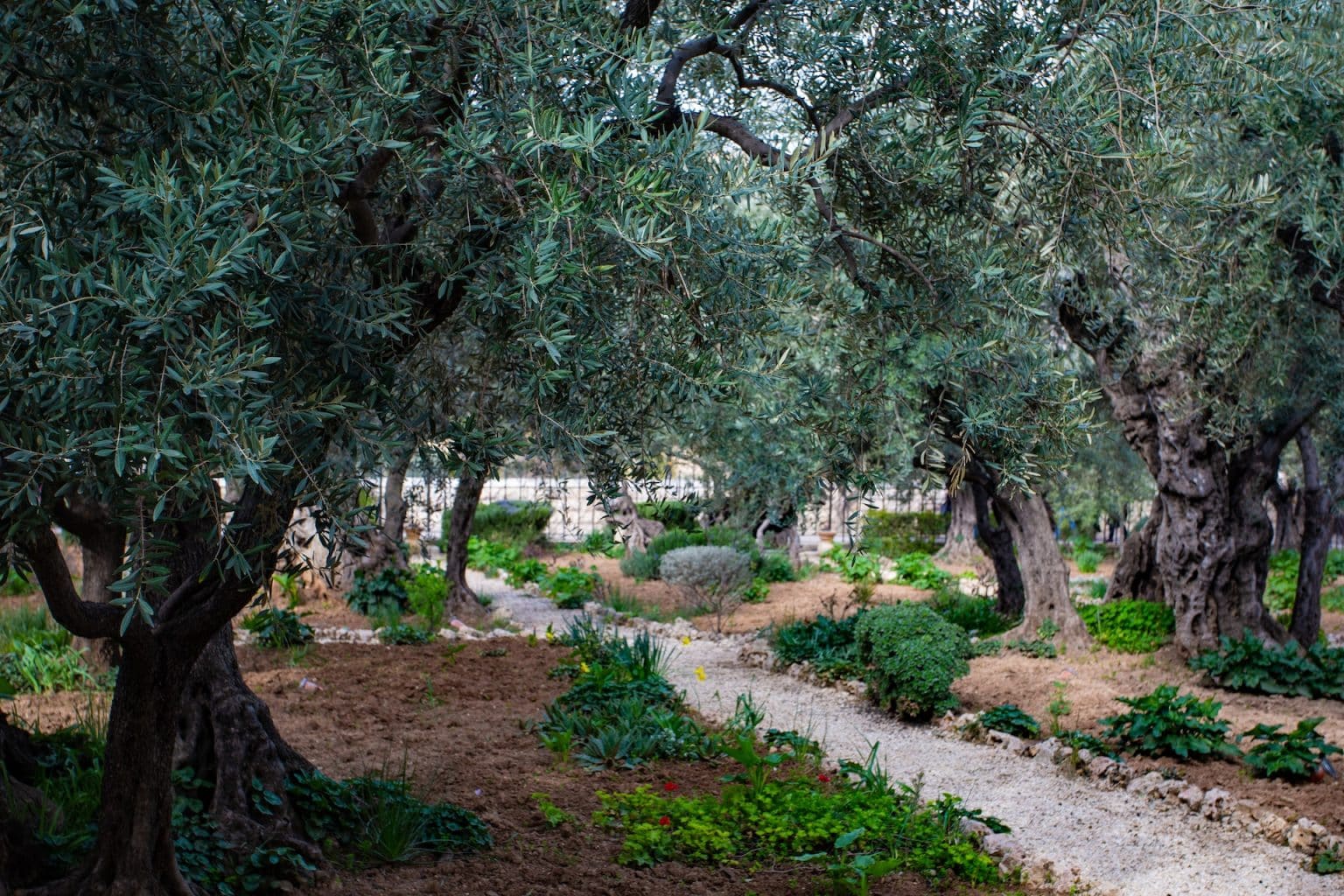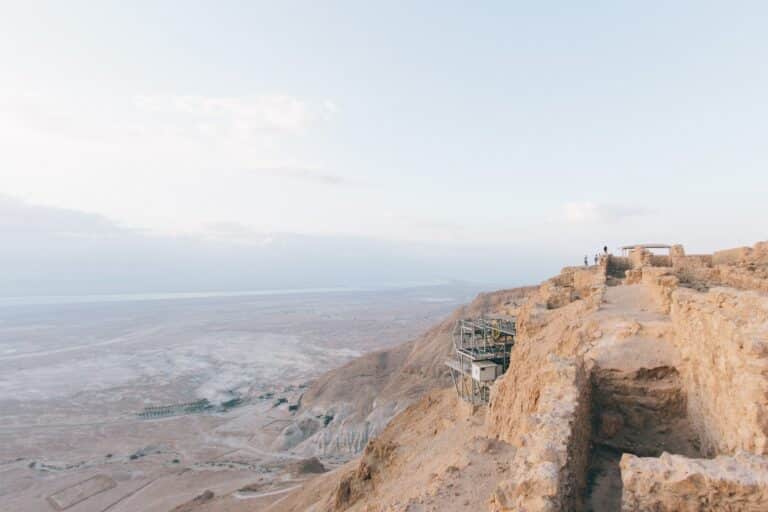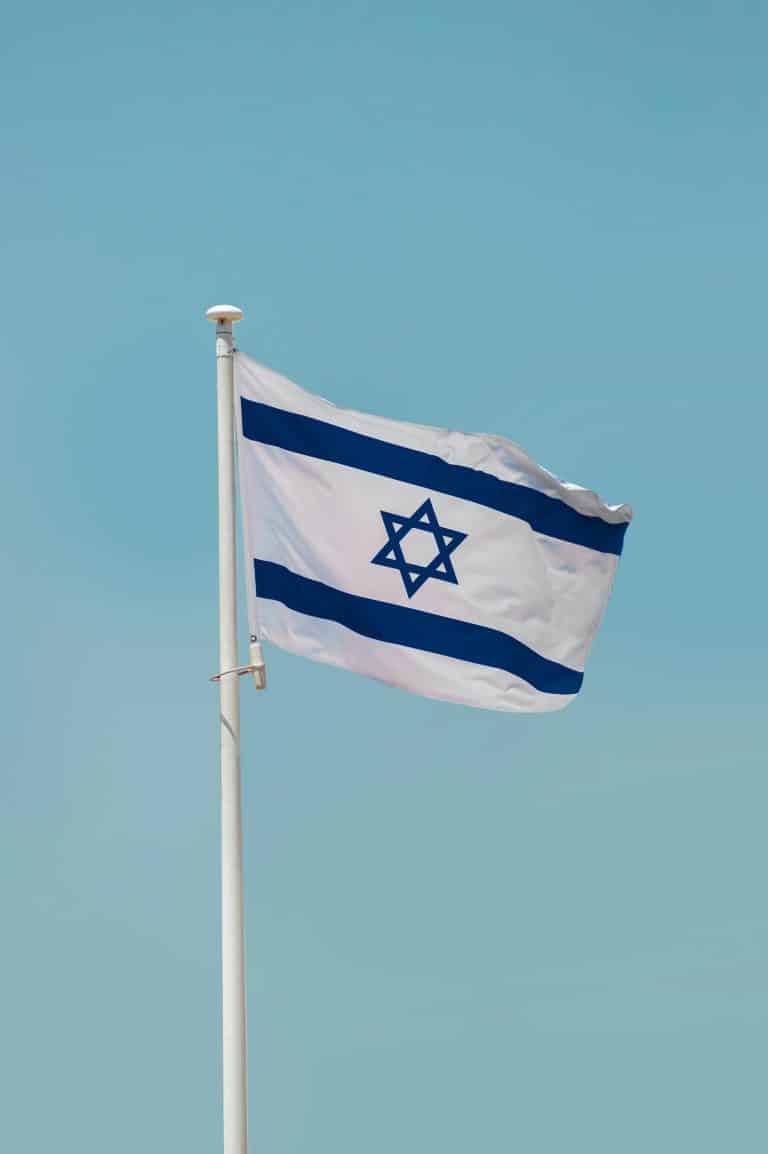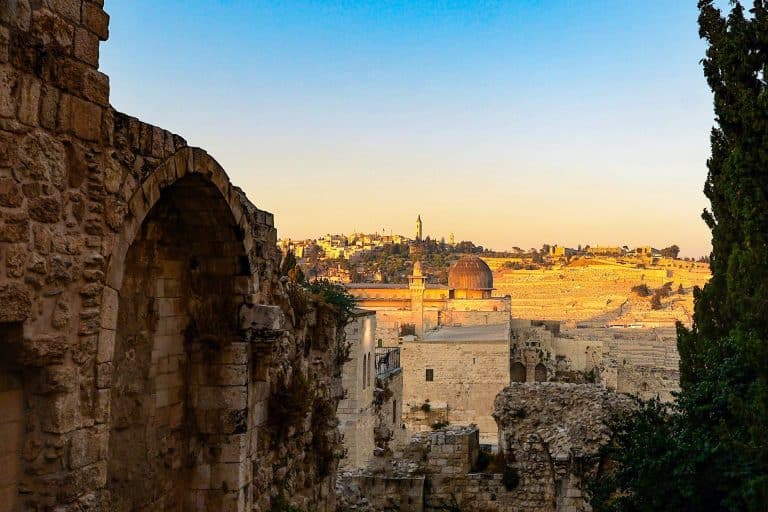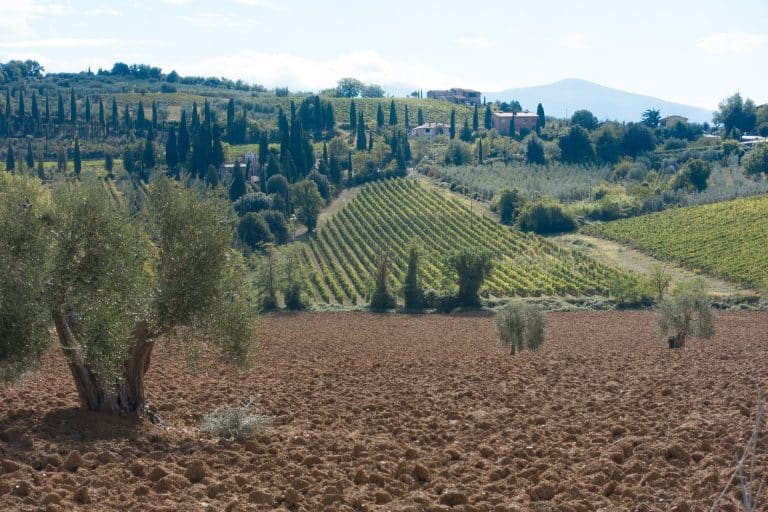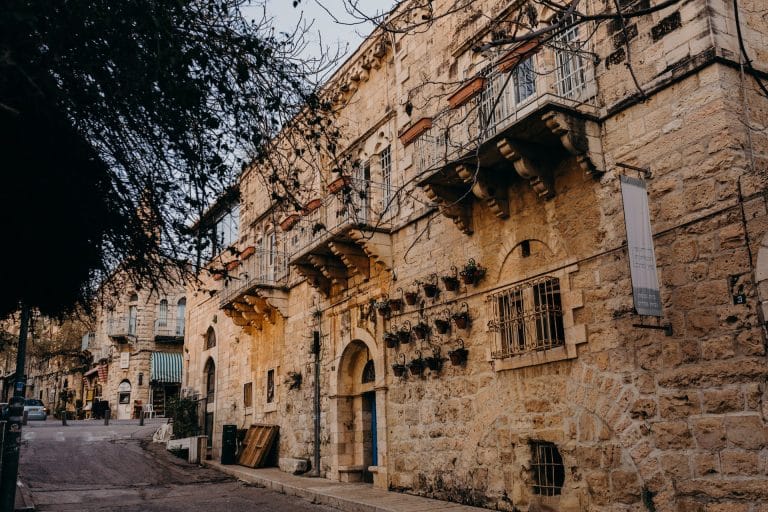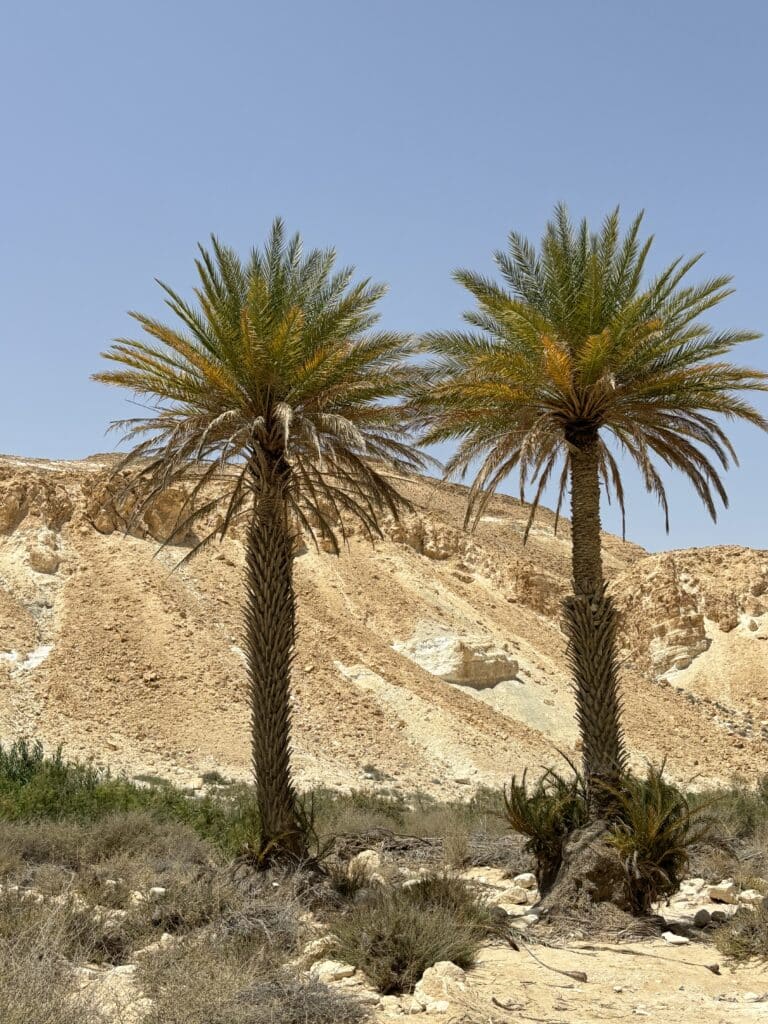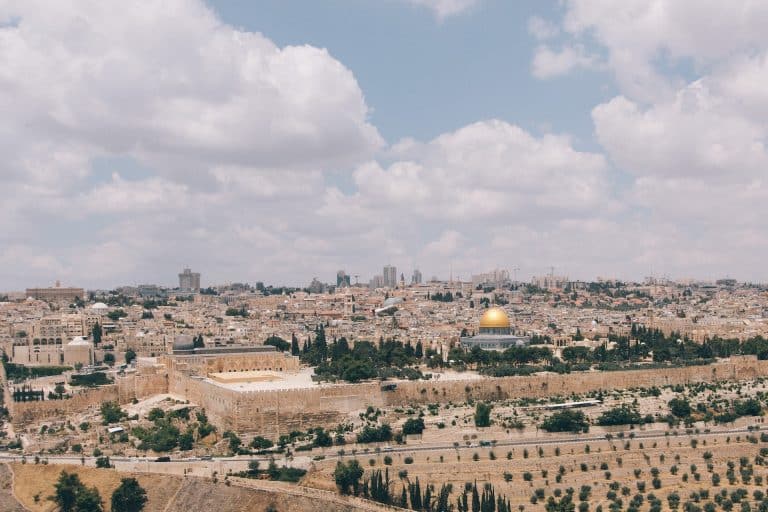As the most common ingredient in Middle Eastern food, olive oil is certainly a big part of the Israeli culture and culinary scene. While it’s most known as a Spanish and Italian product, in the past few decades, we have seen a huge scene of Israeli olive oil, with more than 200 different kinds of olive oil from Israel. Here is everything you need to know about the Israel olive oil industry, including the best places to visit to experience the production of this delicious, high-quality oil.
The story of Israeli olive oil
The olive tree grows well in a Mediterranean climate, and the production of olive oil is relatively easy. As a result, throughout long periods of history, it was the most common and accessible liquid oil in the cultures that grew up on the shores of the Mediterranean Sea. Even today it is an important component of the Mediterranean diet, as olive oil is a basic ingredient in most Middle Eastern recipes, like in Hummus, Falafel, and many other dishes.
When it comes to Israel. olive trees have grown here since forever, as olive pits that were discovered here more than 6,000 years ago have suggested. Excavations that were held in the Galilee have uncovered the signs of the first-ever olive oil industrial activity in the world, in the time of the Assyrian rule of Israel. In those times, Israeli olive oil was mostly used for lighting.
Olive oil in the bible
Olive oil is one of the very few natural products which have been mentioned in the bible, which shows its immense importance to Jewish tradition.
Like the olive tree itself, olive oil also played an important role in the culture of the Land of Israel and the ancient Hebrew culture. One of the best evidences of this is the parable of the trees, in which they first turned to the olive tree to rule over the land, because of its natural right as the king of trees due to its useful and important yield.
Olive oil was also used to light the menorah in the temple. In addition, it was a major component of the oil that was used to anoint high priests, kings, and temple vessels. Today, olive oil in Israel is also used for lighting candles in the holiday of Hanukkah.
The modern Israel olive oil industry
While olive trees grew here for thousands of years, including on the world-famous Mount of Olives, the modern Israel olive oil industry started operating in the 90s, and since then has seen a rapid rise in size and efficiency.
Today, Israel currently has about 334 thousand dunams of olive vineyards planted, as almost all of them are used for the production of olive oil. Oil production in Israel changes in a two-year cycle. When winter starts in an odd year (for example winter 2015-2016) the olive harvest is smaller. Also, the yield depends on the annual precipitation, since most of the olive crops are not irrigated.
According to data from the World Olive Oil Council, between 2011 and 2021, the annual output in Israel ranged from 11,000 to 19,000 tons of olive oil, which is about half a percent of the global output. Israel has about 120 oil factories, with most of them being rather advanced and large.
Best kinds of Israel olive oil
Cortina olive oil
An Italian variety, resistant to dryness, cold, and pests. The Cortina gives a lot of fruit in hot areas, and is a barren tree – that is, it does not fertilize itself but needs trees of other varieties so that their pollen will fertilize its own and it can develop fruits. Cortina oil has a dominant aroma, high bitterness, and spiciness and is often combined with more delicate oils. Its advantage is that it is very stable and contains a high amount of antioxidants.
Arbequina olive oil
A Spanish variety from the Catalonia region, the Arbequina is relatively resistant to both weather and pests and has relatively high fertility. Its taste is neutral and it is mostly common in Spain and the USA.
Manzanilla olive oil
A variety suitable mainly for pickling that originated in Spain and its name means “small apple”. Its fruit is round, beautiful, and shiny, and most of the fruit is sent to the production of pickled olives in the industry. The oil content is relatively low (up to 20%) and it is very delicate and fruity, without much bitterness or spiciness.
Syrian olive oil
Its name originates from the Tzur region in Lebanon, but it is considered a distinct local Israeli kind of olive. The Syrian oil’s content is high and reaches up to 35%. Its taste is bitter, spicy, and nutty.
Nabali olive oil
The Nabali olive oil’s origin is in the Land of Israel and its name originates in the city of Nablus. The Nabali olive is similar to the Syrian olive to a large extent, but the oil content is slightly lower and so is its degree of fertility. The resulting oil is milder in taste than the Syrian one, but it still has the characteristics of pungency, bitterness, and a considerable aroma.
Best places to experience Israel olive oil
Without a doubt, the best way to experience the Israel olive oil industry is to visit an olive grove, where you can learn about the industry up close, try a variety of great locally-produced olive oils, and even participate in an olive tree harvest, which usually takes place from October-November. Here are some of the best olive groves to visit in Israel.
Kibbutz Gezer
Kibbutz Gezer is a kibbutz of about 400 people and is located right between Tel Aviv and Jerusalem. The olives grown for the locally produced Kibbutz Gezer olive oil are grown organically, without chemical fertilizers, pesticides, or herbicides. The olives are cold-pressed at a local olive factory and bottled right here at Kibbutz Gezer. The olives from here are also used for soap and pickled olives for eating.
The work in the olive grove is done by kibbutz residents, their friends and children, as well as friends and volunteers who come for the experience, as Kibbutz Gezer always welcomes volunteers at the time of harvest.
The olive picking here begins around October 15th and continues until the beginning of December, as the picking proccess at the kibbutz involves spreading long tarps under the olive trees and dragging the olives at a steady pace. When all the olives are on the ground, they are piled up, and collected. This whole process is done repeatedly, and at the end of the day, the loaded olives are piled on a cart and sent on their way to the factory.
This type of volunteering in the kibbutz does not require much pisychal strength, but it does require the ability to work at an even pace outside for a few hours. From the experience of volunteers from past years, it is a challenging but a very unique and enjoyable time.
Gethsemane
In the garden of olive trees adjacent to the Church of Gethsemane, also called the Church of All Nations, grow some of the most famous olive trees in Israel and even in the entire world. Experts previously determined that these are the oldest olive trees in Israel.
The courtyard in Get Sheman is crowded with pilgrims and visitors who come especially to see the trees, which are believe to be shaded places for Jesus when he came down with his disciples from the Last Meal.
Gilead Farm, Moshav Ginton
An ecological farm of about ten dunams in Moshav Ginaton that grows olives, vegetables, fruits, and spices without pesticides. The farm is located in front of a magnificent green landscape and also operates a goat farm. There are tours and workshops at the farm, and every autumn a traditional harvesting event is held, which makes for a great opportunity to experience olive picking by yourslef.
On Saturdays in October, as well as in the holiday of Hanukkah, olive pressing workshops are held there, at the end of which you can take home a jar full of olives.

